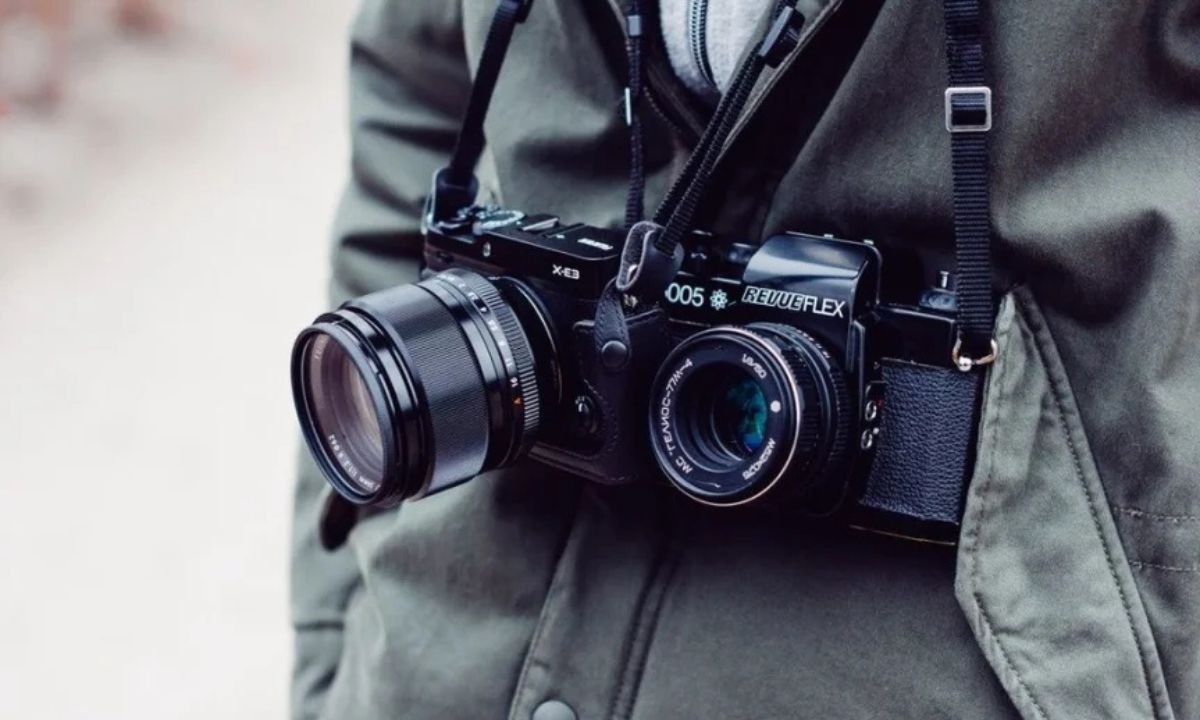You’re crouching in a dim cave, torchlight flickering against the walls. A herd of crimson bison stampedes across the stone, their muscles taut with motion. This isn’t a fantasy—it’s Chauvet Cave in France, home to humanity’s oldest known paintings. Ancient artz isn’t just about aesthetics; it’s a time machine to our ancestors’ fears, dreams, and first attempts to scream, “We were here!”
But why does prehistoric art still grip us? And what can a handprint from 15,000 BCE teach us about TikTok aesthetics or AI-generated designs? Buckle up—we’re diving into the ochre-stained, clay-smeared roots of human creativity.
Why Ancient Artz Matters More Than Ever (Hint: It’s Not Just Archaeology)
The Birth of Human Expression: From Survival to Symbolism
Ancient artz began not as decoration but as dialogue. Early humans painted to:
- Hunt spiritually (Capture an animal’s “soul” to ensure a real hunt’s success).
- Navigate trauma (Handprints in Indonesian caves may mark rites of passage after volcanic disasters).
- Build community (Aboriginal dot maps encoded survival knowledge for future generations).
Ancient Artz vs. Modern Design
| Ancient Technique | Modern Equivalent | Purpose |
|---|---|---|
| Lascaux’s “twisted perspective” | 3D modeling in video games | Immersive storytelling |
| Egyptian hieroglyphics | Emojis and brand logos | Instant visual communication |
| Inca quipu (knot records) | Blockchain ledgers | Tamper-proof data storage |
The Forbidden Colors: How Ancient Pigments Revolutionized Technology
Tyrian purple (made from 10,000 crushed snails) and Maya blue (a weatherproof spiritual hue) weren’t just pretty—they sparked early chemistry. Today, scientists reverse-engineer these pigments to develop:
- Self-cleaning building materials (Mimicking Maya blue’s durability).
- Eco-friendly dyes (Using ancient plant-based recipes to replace microplastic-laden textiles).
The Dark Side of Ancient Artz: Power, Propaganda, and Stolen Legacies
Who Got to Make Art? (Spoiler: Not Everyone)
While we romanticize ancient artists, many were forced creators. For example:
- Han Dynasty tomb figurines were crafted by enslaved artisans who’d later be sacrificed to “serve” the deceased.
- Aztec turquoise mosaics often used stones looted from conquered tribes.
This complicates modern museums’ “neutral” displays. As contemporary artist Kay WalkingStick notes: “Every artifact has a shadow story of who held the chisel—and who bled under it.”
Resurrecting Lost Art: AI’s Controversial Role in Decoding Ancient Artz

Case Study: The Vanished Colors of the Parthenon
We picture Greek statues as pristine white, but they were originally neon-bright. AI tools like Artéfact now reconstruct their pigments using:
- Laser-induced fluorescence scans to detect pigment traces.
- Algorithmic cross-referencing of ancient texts describing “saffron-robed Athene.”
Critics argue this erases history’s patina, but designers like Iris van Herpen use these palettes in futuristic fashion, asking: “Why let the past fade when it can fuel tomorrow?”
3 Ways to Engage With Ancient Artz Today (No Time Machine Needed)
- Adopt a “Paleolithic Palette”
Decorate with natural pigments: ochre accent walls, charcoal sketches, or crushed-malachite tableware. - Try “Cave Canvas” Journaling
Use clay tablets or bark paper to journal. As therapist Dr. Lena Ruiz argues: “Tactile art forces mindfulness—something our ancestors knew instinctively.” - Join a Digital Excavation
Platforms like GlobalXplorer let you analyze satellite images for undiscovered sites. A 14-year-old recently found a lost Inca settlement this way!
You May Also Like: Andrea Sampoli – Capturing Iconic Weddings in Tuscany and Beyond
Final Thoughts
A future archaeologist might find a iPhone, a meme stock chart, and a TikTok dance tutorial. Will they grasp our longing, humor, or fears? Ancient artz challenges us to create with intention—because someday, our emojis might be someone else’s sacred script.
FAQs
Did ancient people consider scribbles “art”?
Yes! Pompeii’s walls have doodles of gladiators with speech bubbles (“I’m the Beyoncé of the arena!”).
How did they make paint without stores?
Blood, egg yolks, berries, and even toxic minerals (many artists died for their craft).
Is graffiti the new cave art?
Archaeologist Dr. Renata Peters says: “Both claim public space to say, ‘I exist.’ But context matters—spray-painting a subway isn’t the same as Lascaux.”
Why do ancient sculptures have missing limbs?
Sometimes decay, but often deliberate—removing a statue’s nose (as in Egypt) “killed” its spiritual power.
Can I buy ethical ancient artz replicas?
Yes! Brands like Echo Artifacts partner with Indigenous communities to produce replicas, sharing profits.







